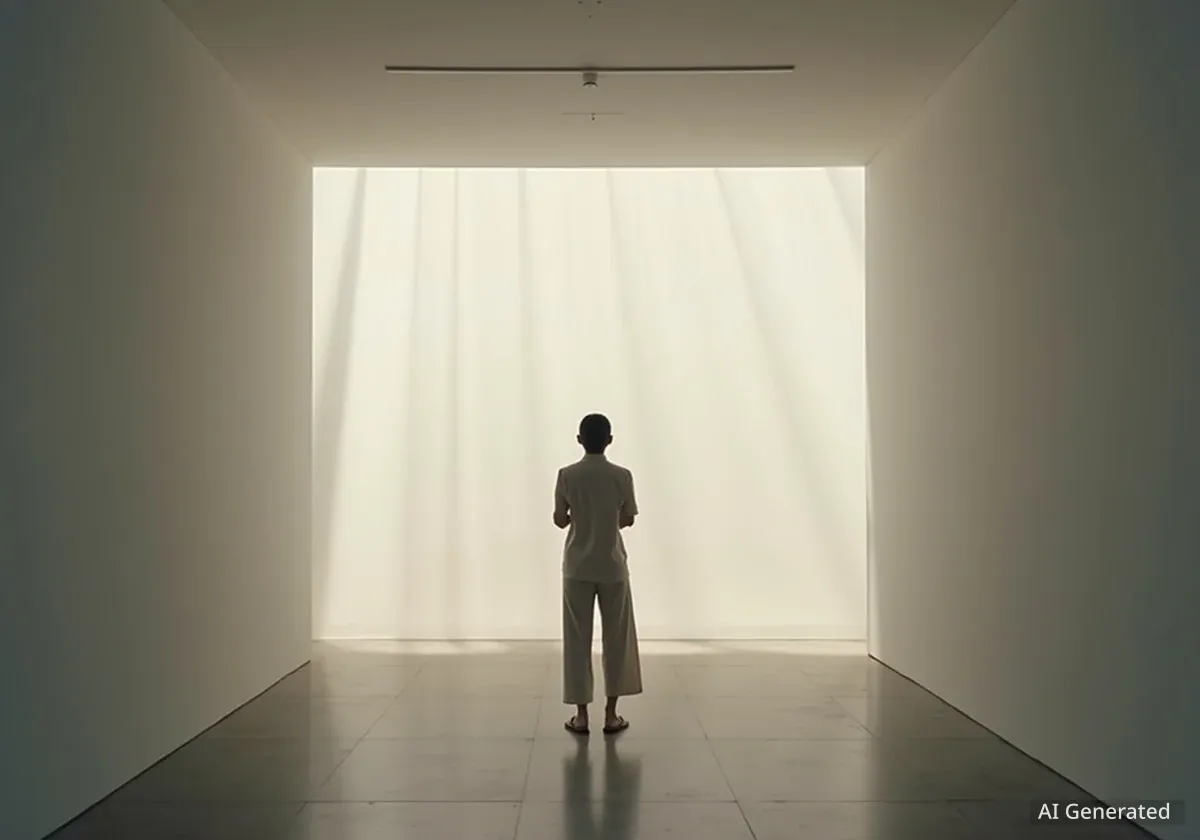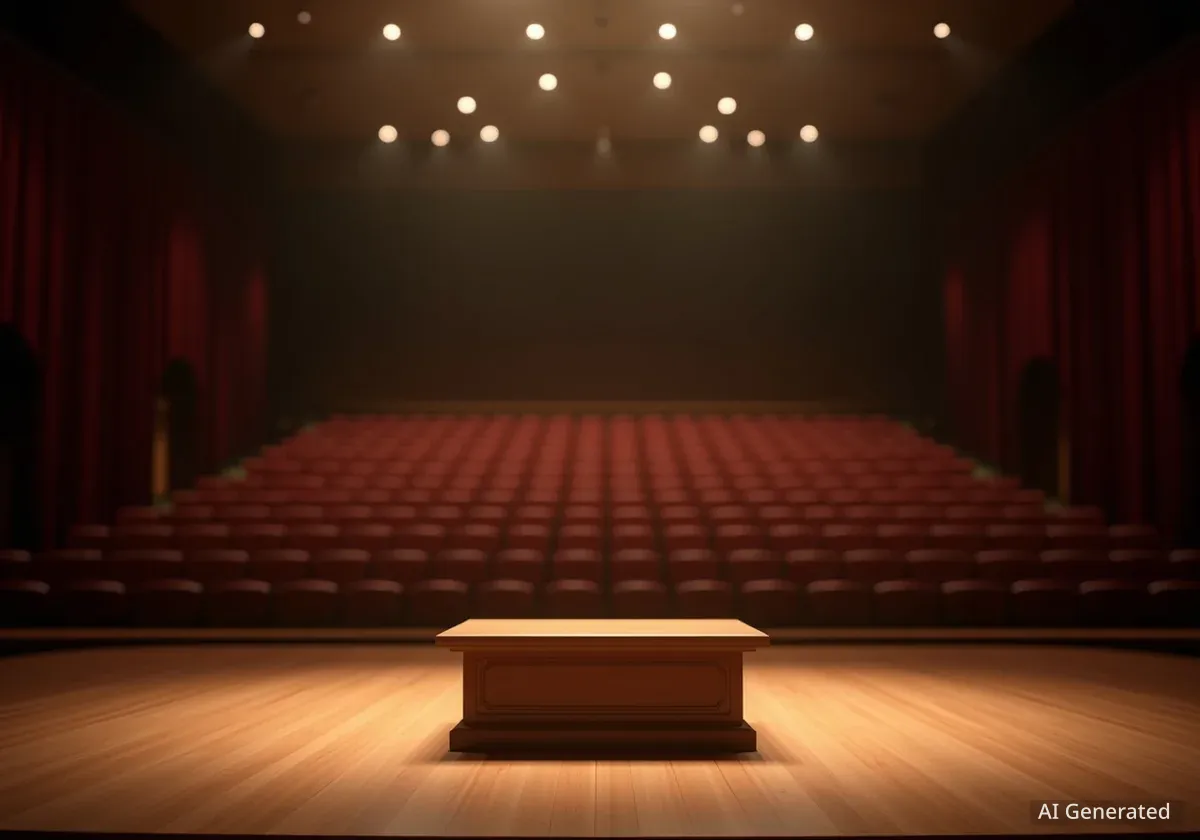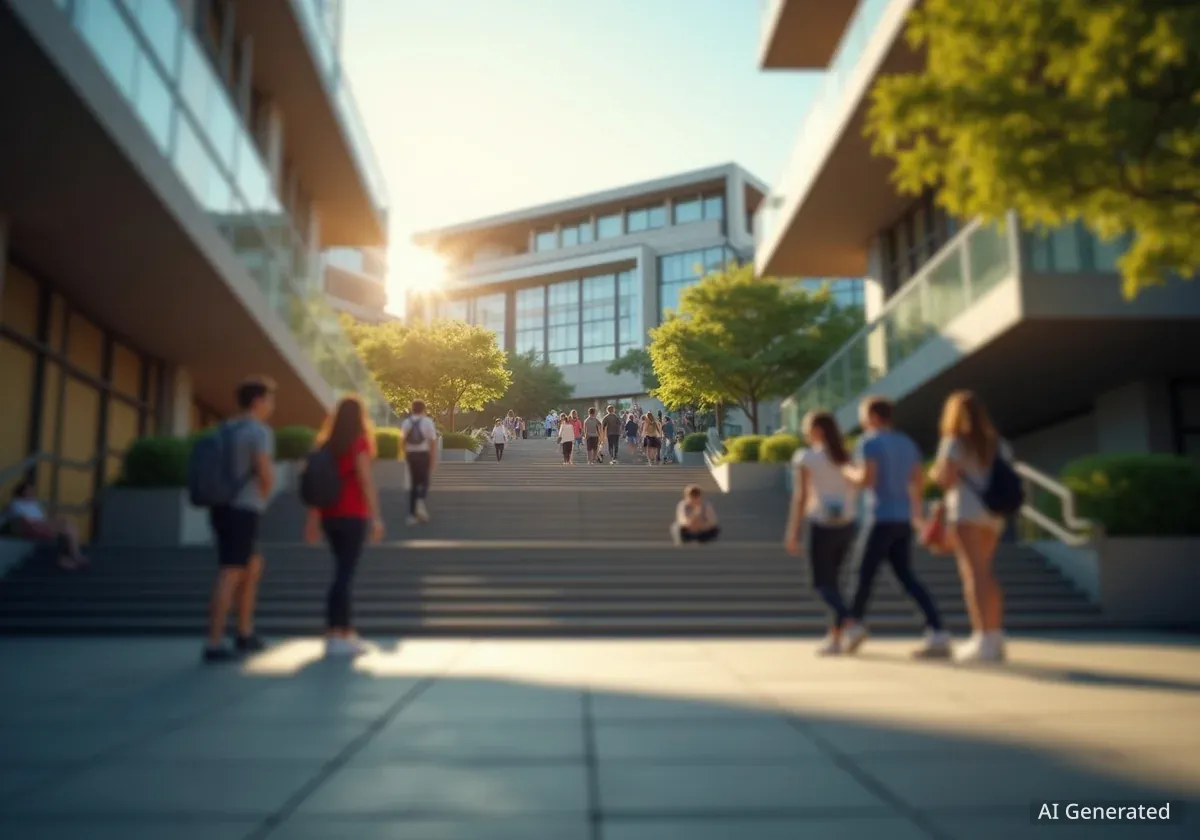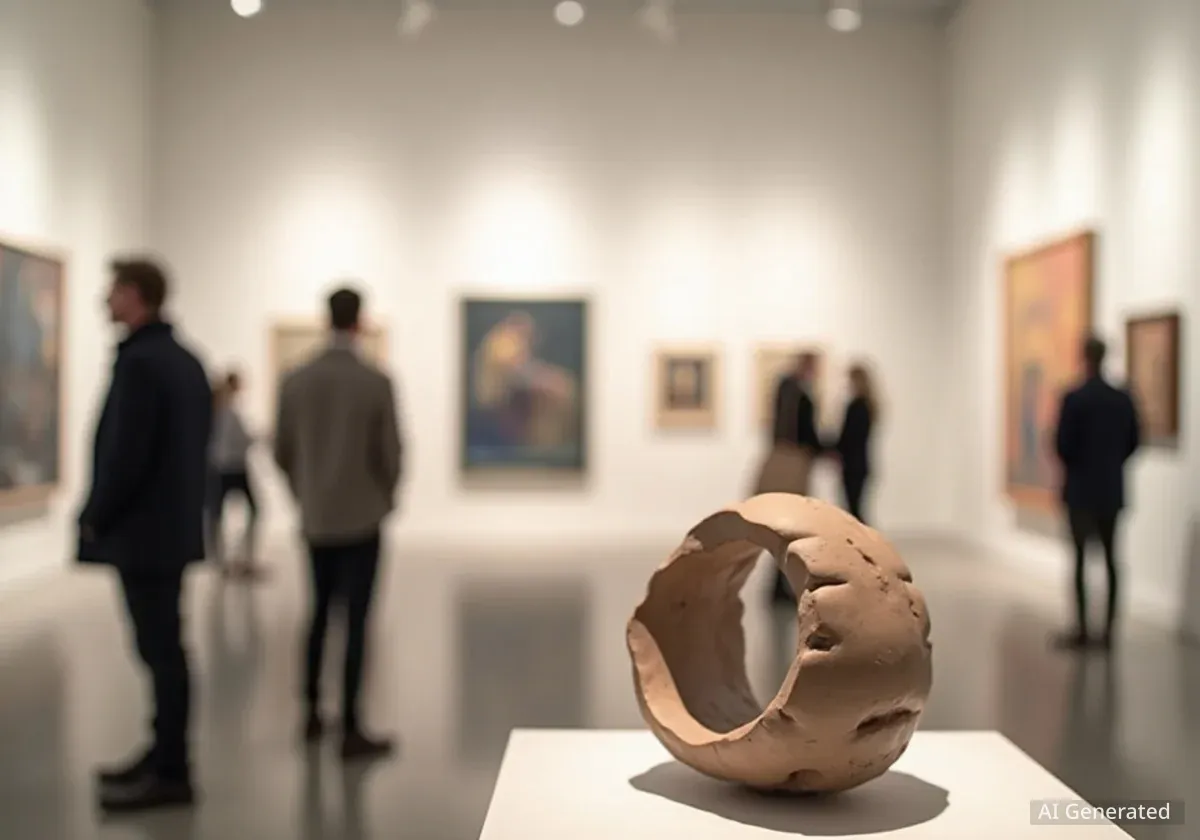A new project in Florence, Italy, named Keil Space, is redefining the concept of a contemplative environment by merging architecture, sculpture, and sensory design. Developed by artist Sam Keil in collaboration with the Keil Foundation, the space is designed to function as a modern, secular temple aimed at enhancing visitor perception and introspection.
Key Takeaways
- Keil Space in Florence combines architecture and art to create a unique environment for reflection.
- The project, led by artist Sam Keil, utilizes controlled light, sound, and scent to influence visitor experience.
- It features a collection of bronze sculptures by Sam Keil, organized into three distinct series.
- A study involving over 750 participants found the space consistently sharpened sensory perception and encouraged self-reflection.
A Modern Space for Introspection
Keil Space presents a contemporary approach to environments traditionally designed for spiritual or contemplative purposes. Unlike ancient structures that relied on symbolic forms and permanence, this project focuses on abstraction and the psychological effects of sensory input. The building itself is intended to be a neutral yet active container where art and architecture work together to guide visitors toward inward reflection.
The project was conceived by artist Sam Keil as both a large-scale sculptural work and a sequence of interconnected rooms. The primary goal is to create an atmosphere that supports self-discovery and a heightened state of awareness, independent of any specific doctrine or belief system. It explores how physical spaces can influence human psychology and perception.
Background: Contemplative Architecture
Throughout history, architecture has been used to create spaces for spiritual and reflective purposes, from ancient temples to modern meditation centers. These structures often use specific materials, light, and spatial arrangements to evoke feelings of awe or tranquility. Keil Space builds on this tradition but uses modern artistic and psychological principles to achieve its effect in a secular context.
The Architecture of Perception
The design of Keil Space is carefully orchestrated to engage multiple senses. The interior features darkened surfaces and metallic textures that resemble oxidized bronze, creating a visually subdued environment. This darkness is punctuated by precisely controlled cuts of light, which draw attention to specific features and sculptural forms.
Fluid Spatial Design
Instead of a conventional linear path, the space is organized with fluid transitions between rooms. This design choice encourages a more exploratory and less directed journey. Each room possesses a distinct character defined by its unique geometry, lighting, and acoustics. This shifting environment is intended to create an architectural landscape of varying experiences for the visitor.
The multisensory composition is further enhanced by the integration of specific scents and tonal variations throughout the space. These subtle elements are designed to work in concert to create a holistic experience that operates on both conscious and subconscious levels.
Multisensory Integration: The project uses a combination of visual, auditory, and olfactory elements to create a fully immersive and contemplative experience, moving beyond purely visual aesthetics.
Sam Keil's Bronze Sculptures
At the heart of Keil Space is a collection of bronze works by Sam Keil, presented in three distinct series or ‘Generations.’ These sculptures are arranged to create a narrative progression that guides visitors through different emotional and perceptual states.
The three generations represent an evolution in the artist's focus:
- First Generation: This series emphasizes fundamental elements of sculpture such as form, movement, and vitality.
- Second Generation: Here, the focus shifts to the interplay between light and shadow, treating them as active components of the sculptural works themselves.
- New Generation: The most recent series introduces complex imagery connected to cosmic phenomena like galaxies, as well as themes of biodiversity and organic systems.
The arrangement of these series throughout the space contributes to the overall goal of transforming the building into a dynamic landscape of shifting perspectives and feelings.
Scientific Study Confirms Visitor Impact
To measure the tangible effects of the space on its visitors, the Keil Foundation collaborated with QDAS, a qualitative research organization based in the United Kingdom. The comprehensive study involved interviews with more than 750 participants, spanning a wide age range from 8 to 85 years old.
The research aimed to objectively evaluate how the unique combination of architecture, art, and sensory design influenced individuals' psychological and perceptual states.
The findings from the study were remarkably consistent across the diverse group of participants. Key reported outcomes included:
- Sharpened Sensory Perception: Many visitors noted a heightened awareness of their senses and the subtle details of their surroundings.
- Increased Focus: The environment helped participants focus their attention and become more aware of their own thoughts and feelings.
- Heightened Connection: A common response was a greater sense of connection with the immediate environment and the artworks within it.
According to the study's conclusions, Keil Space successfully functions as an environment that supports introspection and self-discovery. The research provides data-backed validation for the project's conceptual goals, demonstrating that architecture can be a powerful medium for exploring human psychology and fostering a contemplative state without relying on traditional religious frameworks.





